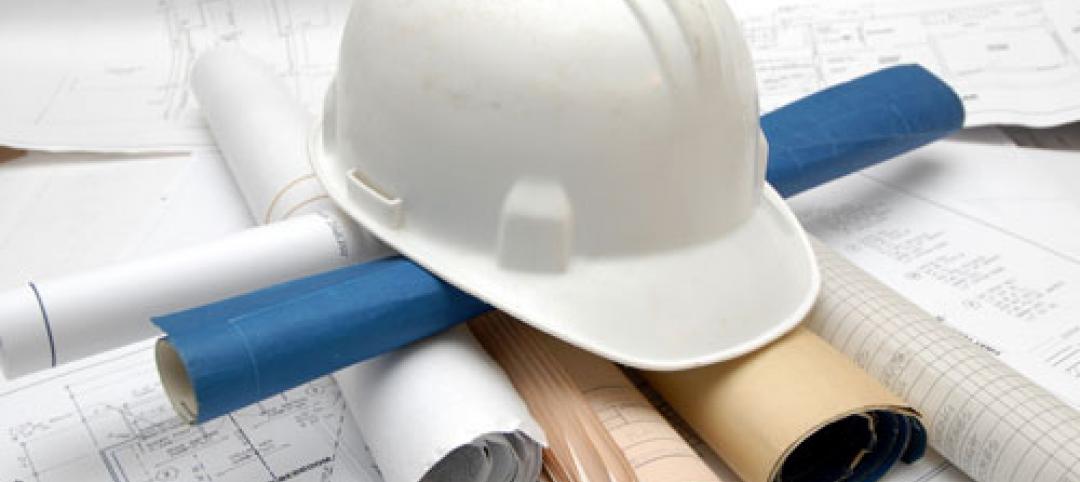The International Living Future Institute has unveiled a new Zero Carbon Certification.
The Zero Carbon Certification provides greater flexibility around project fuel types (for existing projects) and placement and ownership of offsetting renewables than ILFI’s Reveal and the Zero Energy Certifications, the Institute said in a news release. The new certification is the first worldwide Zero Carbon third-party certified standard, ILFI says.
The new certification is a “broad-based tool for highlighting highly efficient buildings which offset their energy use, regardless of location of renewables,” ILFI says. “It builds on and implements the Zero Carbon concept released by Architecture 2030, the Rocky Mountain Institute, and the New Buildings Institute in 2016, and the worldwide call for zero carbon standards from the World Green Building Council issued in 2017.”
The certification requirements include: buildings must achieve a targeted energy efficiency level during a one-year performance period, and all of the project’s energy use must be offset by on- or off-site renewable energy on a net annual basis. The Zero Carbon certification is the first step towards Living Building Challenge certification.
Related Stories
| Jan 30, 2012
New firm-fixed-price rules on federal contracts impact construction industry
Contractors will need to be on the lookout for policies such as the Contractor Accountability for Quality clause.
| Jan 30, 2012
Roofer’s fatal plunge demonstrates need for fall-prevention regulations
“The biggest problem is getting our workers to use the equipment,” says Michael J. Florio, executive director of the organization.
| Jan 26, 2012
Tampa moves to streamlined online permitting system
The system will replace an inefficient patchwork of old software and is designed to provide businesses, homeowners, and contractors with online access to permitting and licensing information.
| Jan 26, 2012
EPA to collect more data, seek comments before finalizing mud rule
The EPA says it will seek more data and is accepting comments until March 5.
| Jan 26, 2012
Industry challenges Connecticut's suit over defective construction work
The dispute arose over multimillion-dollar leaks at the University of Connecticut's law library.
| Jan 26, 2012
Earthquake 'fuse' could save buildings during temblors
The idea is to use an earthquake "fuse" that can prevent the tiny fractures and warps that make structures unsafe after a quake and very expensive to repair.
| Jan 26, 2012
HPD open materials standard for green building materials gains momentum
GreenWizard, provider of a cloud-based product management and project collaboration software, is the latest industry participant to sign on
| Jan 26, 2012
Siemens launches smoke detection knowledge center
New knowledge center web site demonstrates efficacy of smoke detection.
| Jan 18, 2012
Chile's seismic code upgrades credited with saving lives in 2010 quake
Since 1960, when Chile suffered a 9.5 magnitude quake, the largest ever recorded; the country has steadily improved building codes to protect lives and property.
| Jan 18, 2012
Report analyzes residential hurricane codes in 18 states
The Insurance Institute for Business & Home Safety (IBHS) released a new report analyzing residential building codes in 18 hurricane-prone coastal states along the Gulf of Mexico and the Atlantic Coast.

















